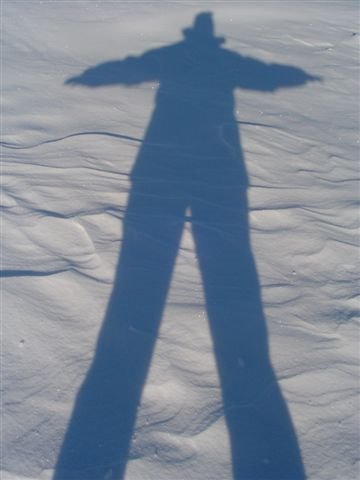- Canadians have access to 20% of all fresh water
- Canadians consumed 344,79 litres EACH in non-alcoholic beverages (tea, coffee, bottled water, pops, and juice) in 2001
- Industries use 94% of all the water that is consumed in Canada.
Considering the last number, I was very happy to learn that the Québec administration was getting ready to tax water bottle companies and other industrial businesses that use water to make profit. Charest is doing something that pleases me, at last!
As good as this may be, the Edmonton Journal informed me that Canadians rank 21st in their daily drinking of bottled water. Canada also supplies more than half of the United States’ need for bottled water, a neighbour that is, as we all know, very thirsty in general, and for water in particular - it’s the 10th largest consumer of bottled water. And our obsession for “pure” water, here and abroad, is threatening the planet’s ecosystem.
Think about it in economic terms. How much does one pay for a bottle of 500 ml of water at his favourite convenience store? A dollar? People get mad because the price of oil is above a dollar a litre! Don’t get me wrong: I’m all for alternative energy sources. If oil prices can encourage people to swap their SUVs for a bicycle, I’ll be happy to share the paths with more bike users. In any case, would SUVers still be willing to pay that much for fuel if there were a free alternative?
For those who claim that tap water is not safe to drink, or not as good as… 40% of all bottled water is actually…. tap water! And the Earth Policy Institute points out that there is no actual health benefits in bottled water.
Beyond these consumer alerts, what this consumption of water is doing to the environment is outrageous. Consider this (info by Earth Policy Institute published in the Edmonton Journal):
- In India, water extraction by Coca-Cola for Dasani bottled water has caused water shortage for over 50 villages.
- Tap water is distributed through energy sufficient infrastructures, but bottled water delivery consumes oil to produce plastic for packaging and fuel for transport… Making bottles for the American demand requires more than 1.5 million barrels of oil annually.
- Globalization means more fuel… if you’re really into sparkling water, why buy Evian or Perrier when there is Canadian Clear or Canada Dry?
- Non-recycled bottles take up to 1,000 years to biodegrade. In addition, 40% of the plastic bottles collected for recycling in the US are shipped to China, causing more fuel consumption.
Are you still thirsty? Get tap water!!!

